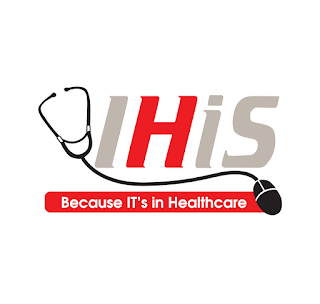IHiS Explains The Benefits Of Implementing An Integrated Health Information System And Changes To Hospital Procedures
Millions of dollars are spent annually on electronic medical record systems and integrated health management systems. Integrated technologies provide tools to manage and share health care data with high-speed computer networks and mobile devices to ensure favorable treatment outcomes and improve care delivery on a case-by-case basis. IHIS has been working in this business of improving the healthcare ecosystem for years. IHiS (Integrated Health Information Systems) is the technology agency of the public healthcare sector. Its ultimate objective is to improve the health care department in Singapore by integrating AI and cost-effective technologies with processes and the citizens.
The blog explores the benefits of implementing an integrated health information system and changes to hospital procedures.
Easy access to patient data
A well-implemented IHIS means patient data is readily available to care providers. It is just a matter of a few clicks, and all the necessary information about a patient from different departments in the hospital can be available on the screen. For example, if the treating physician needs to double-check the test report, he would not need to view the IPD file; Accessing the information system would give him immediate access to patient records and reports and will help in timely treatment decisions.
Reduces the overall cost
When implemented well, an integrated health information system reduces a lot of manual work that needs to be done in hospitals, especially those where documentation and record-keeping are required. It helps in eliminating more resources as a lot of the work gets automated and does not require manual intervention to store or analyze the information. It also saves significantly on storage and related costs.
Works with better efficiency
Automated processes using the software would mean that the processes would get taken care of mechanically without any human intervention, which would immediately ensure better efficiency. The software will not suffer human problems such as fatigue, miscommunication, or lack of focus; It will perform every task assigned day-to-day with the same accuracy.
Reduces the scope for error
Because processes on an integrated health information system are automated, and software is assigned multiple tasks to perform with utmost accuracy with minimal human intervention, the scope for error will be reduced. For example; when billing and IDP patients for drugs used with information systems, then the invoice would rarely be wrong because of the drug a nurse is asking for unless there is a shortage of stock. The drug rate per unit is saved in the software as part of the standard operating procedure of automation. Choosing the name and quantity of the medicine will enable the software to calculate the amount payable accurately.
Wrapping Up:
An integrated health information system is much more than an IT solution; It helps provide accurate information for better patient care and ensures that the hospital operates efficiently and profitably by preventing revenue leakage. A complimentary solution to an information system is a medical insurance claim management solution, whereby your hospital manages patient insurance claims and settlements.
IHiS (Integrated Health Information Systems) was formed in 2008 in Singapore as an integrated approach to developing and managing IT systems in public healthcare. Its data center allows companies to collect and analyze customer feedback and improve systems. This innovation is helping transform the healthcare sector through digital technology, and IHIS has won over 80 awards for its unique ideas. IHiS is helping in digitization and connects, and analyzes Singapore's health ecosystem.


Comments
Post a Comment